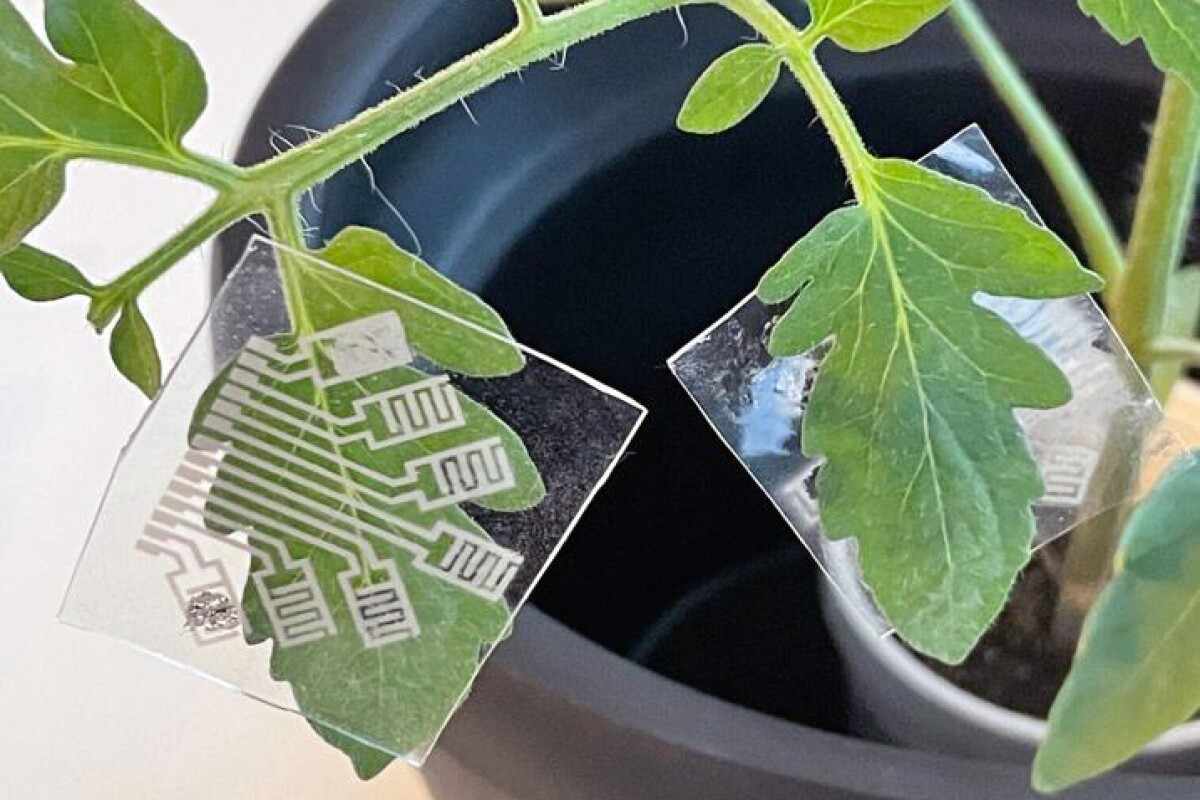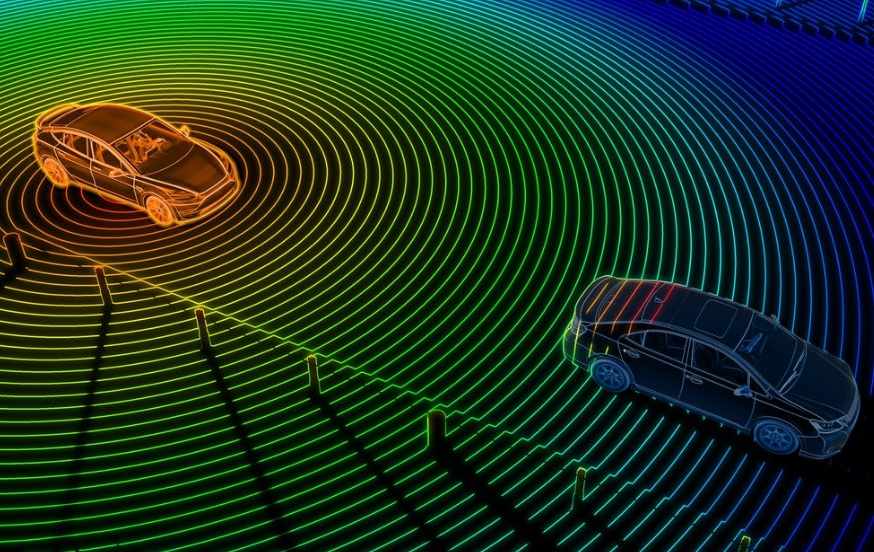
The Global Vehicle to Grid Market size is predicted to reach USD 27.51 billion by 2030 with a CAGR of 38.4% from 2025-2030. The Vehicle-to-Grid (V2G) market is experiencing a transformative wave in 2025, driven by the rapid adoption of electric vehicles (EVs), advancements in bidirectional charging, and a global push for sustainable energy systems. V2G technology, which enables EVs to supply stored energy back to the power grid, is reshaping the energy landscape by enhancing grid stability and promoting renewable energy integration. This article explores the key drivers, recent developments, and challenges propelling the V2G market forward, based on the latest industry trends.
Download FREE Sample: https://www.nextmsc.com/vehicle-to-grid-market-ep3192/request-sample
Advancements in Bidirectional Charging Technology
A cornerstone of the V2G market’s growth is the development of bidirectional charging systems, which allow EVs to both draw and supply energy to the grid. In 2025, significant strides have been made in improving the efficiency and accessibility of these systems. For instance, recent trials in regions like Australia have demonstrated the practical benefits of V2G, with EV owners using vehicles like the Nissan Leaf to sell excess power back to the grid during peak demand, reducing energy costs. These trials highlight the potential for V2G to turn EVs into mobile energy storage units, a concept gaining traction globally.
Manufacturers are also innovating in charger design. Companies like Fermata Energy and Phoenix Motorcars have partnered to integrate bidirectional chargers with AI-driven software, optimizing energy flow based on grid demands. This technology ensures seamless energy exchange, making V2G systems more reliable and user-friendly for both consumers and utilities.
Rising Electric Vehicle Penetration
The global surge in EV adoption is a major catalyst for the V2G market. In the first half of 2025, EV sales reached record levels, with significant growth reported in markets like Spain and China. This increase in EV numbers provides a larger pool of vehicles capable of participating in V2G systems, amplifying their impact on grid stability. Battery electric vehicles (BEVs), with their large battery capacities, are particularly suited for V2G applications, as they can store and supply substantial amounts of energy.
Government incentives are further accelerating EV adoption, indirectly boosting the V2G market. For example, policies in India, such as the extension of the MOVES III scheme and exemptions on critical battery minerals, are fostering a robust EV ecosystem, creating fertile ground for V2G implementation. These initiatives encourage the deployment of V2G-ready infrastructure, such as smart charging stations, which are essential for scaling the technology.
Integration with Renewable Energy
V2G technology is closely tied to the integration of renewable energy sources, such as solar and wind, into the power grid. In 2025, the push for net-zero emissions has intensified, with utilities worldwide seeking flexible solutions to balance intermittent renewable energy. V2G systems enable EVs to store excess renewable energy during off-peak hours and return it to the grid during high-demand periods, enhancing grid resilience.
Recent projects, such as a large-scale V2G pilot in Kerala, India, conducted by the Kerala State Electricity Board and IIT Bombay, underscore this trend. The pilot tests V2G technology in real-world conditions, aiming to optimize energy distribution in regions with high renewable energy penetration. Such initiatives demonstrate how V2G can support sustainable energy transitions, particularly in countries with ambitious decarbonization goals.
Inquire Before Buying: https://www.nextmsc.com/vehicle-to-grid-market-ep3192/inquire-before-buying
Policy Support and Industry Collaboration
Government policies and industry collaborations are critical to the V2G market’s expansion. In 2025, regions like Australia and the UK are implementing smart energy tariffs and subsidies that incentivize V2G participation. For instance, Australian EV owners are benefiting from programs that allow them to profit from selling stored energy, as seen in trials with Essential Energy and Amber Electric. Similarly, the UK’s GRIDSERVE is pioneering V2G and vehicle-to-home (V2H) solutions, enabling households with solar panels to leverage EV batteries for energy management.
Industry players are also collaborating to standardize V2G technology. Organizations like IEEE and SAE International are developing interoperability standards to ensure seamless integration across different vehicle models and grid infrastructures. These efforts are reducing deployment barriers and fostering global adoption of V2G systems.
Challenges in Scaling V2G
Despite its promise, the V2G market faces challenges. One major hurdle is the limited availability of V2G-ready vehicles and chargers. As of 2025, only a few models, such as the Nissan Leaf, Mitsubishi Outlander, and Ford F-150 Lightning (with aftermarket modifications), are compatible with V2G standards in some regions. Expanding this ecosystem requires significant investment in vehicle and charger production.
Battery degradation is another concern, as frequent charging and discharging cycles could reduce EV battery lifespan. Manufacturers are addressing this through advanced battery management systems, but consumer education is needed to build trust in V2G technology. Additionally, regulatory frameworks for energy trading and grid integration vary widely, complicating global scalability.
Opportunities for Growth
The V2G market is poised for growth in 2025 and beyond, driven by emerging applications like wireless V2G power transfer. Recent advancements in inductive power transfer (IPT) technology are enabling wireless V2G systems with efficiencies exceeding 90%, offering greater convenience for users. These innovations could accelerate adoption in urban areas where ease of use is critical.
The commercial sector also presents opportunities, with businesses adopting V2G for fleet management. Electric buses and delivery vehicles equipped with V2G capabilities can serve as mobile energy storage units, supporting grid stability during peak hours.
Conclusion
The Vehicle-to-Grid market in 2025 is surging due to advancements in bidirectional charging, rising EV adoption, renewable energy integration, and supportive policies. While challenges like limited V2G-ready infrastructure and battery concerns persist, ongoing innovations and collaborations are paving the way for widespread adoption. As V2G technology matures, it has the potential to revolutionize energy systems, making EVs not just vehicles but integral components of a sustainable energy future.




















Write a comment ...